Home>Home Appliances>Heating & Cooling>How To Create Zones In A Forced Air Heating System
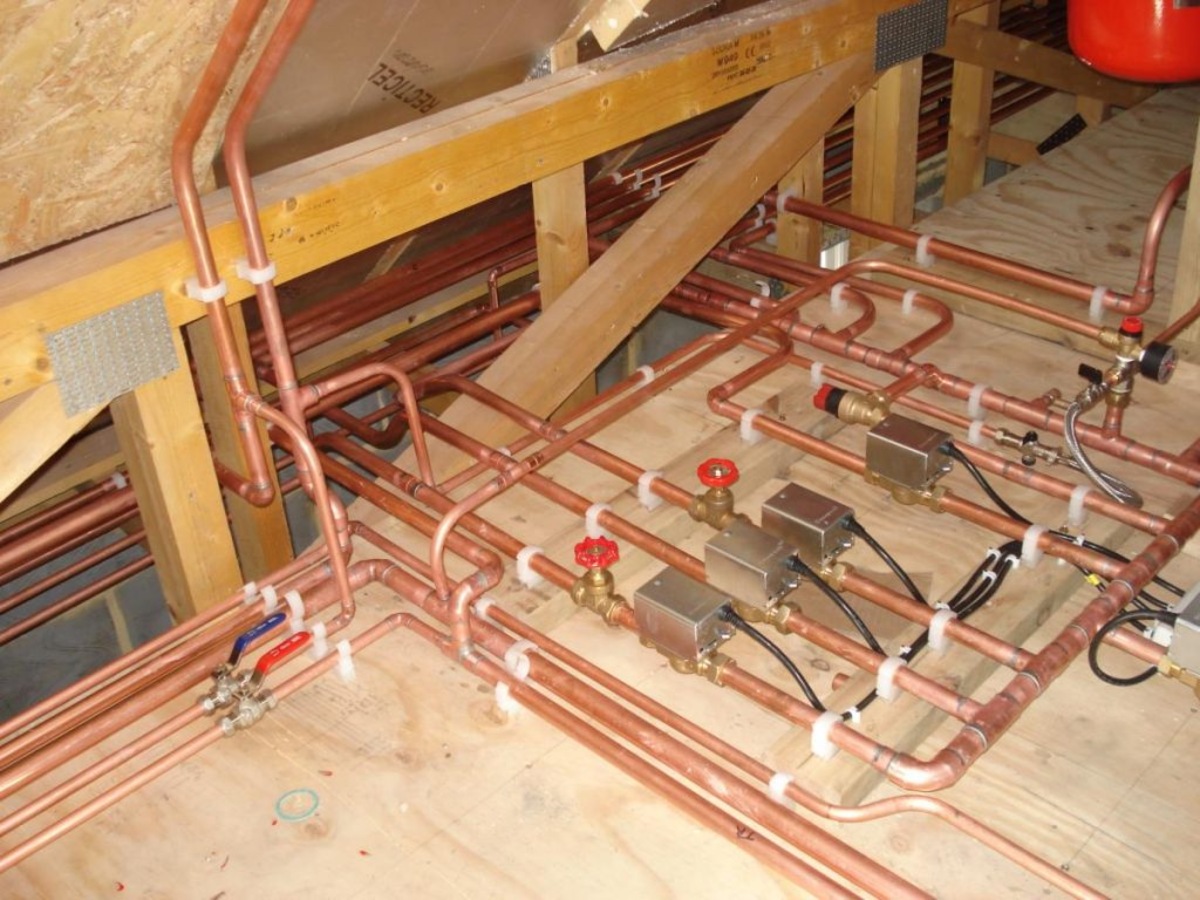

Heating & Cooling
How To Create Zones In A Forced Air Heating System
Published: February 16, 2024
Learn how to efficiently create zones in your forced air heating system to optimize heating and cooling in your home. Discover the benefits of zoning for better temperature control.
(Many of the links in this article redirect to a specific reviewed product. Your purchase of these products through affiliate links helps to generate commission for Storables.com, at no extra cost. Learn more)
Introduction
Forced air heating systems have long been a popular choice for keeping homes warm and comfortable. These systems work by distributing heated air through ducts and vents, providing consistent warmth throughout the living space. However, traditional forced air systems often lack the flexibility to address varying heating needs in different areas of the home. This is where the concept of creating zones within a forced air heating system comes into play.
By implementing zone control, homeowners can optimize their heating system to cater to specific areas or "zones" within the house. This approach allows for customized temperature settings in different parts of the home, providing enhanced comfort and energy efficiency. Whether it's ensuring a toasty living room during chilly evenings or maintaining a moderate temperature in less frequently used spaces, zoning offers a tailored solution to meet diverse heating requirements.
In this comprehensive guide, we will delve into the intricacies of forced air heating systems and explore the process of creating zones to maximize comfort and energy savings. Understanding the fundamentals of zone control and its benefits can empower homeowners to make informed decisions about their heating systems, ultimately leading to a more comfortable and cost-effective living environment. So, let's embark on this journey to uncover the secrets of optimizing forced air heating through the strategic implementation of zoning.
Key Takeaways:
- Takeaway 1: Customize Your Comfort
Create personalized heating zones in your home to enjoy cozy living spaces tailored to your preferences. Save energy by heating only the areas you use, leading to lower bills and a greener environment. - Takeaway 2: Control Your Comfort
By implementing zone control in your heating system, you can regulate temperatures in different areas, extend the lifespan of your HVAC equipment, and improve indoor air quality for a healthier home environment.
Read more: When Did Forced Air Heating Start?
Understanding Forced Air Heating Systems
Forced air heating systems are a prevalent choice for maintaining cozy indoor environments in countless homes. These systems operate by heating air within a furnace and then distributing it throughout the house via a network of ducts and vents. The heated air is propelled into each room, raising the overall temperature and ensuring a consistent level of warmth.
The primary components of a forced air heating system include the furnace, ductwork, vents, and a thermostat. The furnace serves as the heart of the system, where air is heated before being circulated. The ductwork acts as a conduit, transporting the heated air to various rooms, while the vents facilitate the release of warm air into the living spaces. The thermostat, a crucial control device, allows homeowners to set and regulate the desired temperature.
One of the key advantages of forced air heating systems is their ability to quickly and efficiently distribute warmth throughout the home. This rapid response time is particularly beneficial during cold weather, as it helps to counteract the chill and maintain a comfortable indoor climate. Additionally, forced air systems can be equipped with air filters and humidifiers, contributing to improved indoor air quality and overall comfort.
However, traditional forced air systems often lack the flexibility to address varying heating needs in different areas of the home. This can result in certain rooms being excessively warm while others remain cooler, leading to discomfort and energy inefficiency. Fortunately, the concept of creating zones within a forced air heating system offers a solution to this common issue.
By gaining a deeper understanding of how forced air heating systems operate and their inherent strengths and limitations, homeowners can better appreciate the value of implementing zone control. This knowledge forms the foundation for optimizing heating systems to suit specific preferences and usage patterns within the home. With this groundwork in place, we can now explore the practical steps involved in identifying and creating zones within a forced air heating system.
Identifying Zones in Your Home
When it comes to optimizing the heating in your home, identifying distinct zones is a crucial first step. A zone can be defined as a specific area or group of rooms within the house that share similar heating requirements. By recognizing these zones, homeowners can tailor the heating system to meet the unique needs of each area, promoting comfort and energy efficiency.
To identify zones in your home, consider the following factors:
-
Usage Patterns: Take note of how different areas of your home are utilized. For instance, living rooms and bedrooms are typically high-traffic areas that may require consistent heating, while guest rooms or storage spaces may not need to be heated as frequently.
-
Sunlight Exposure: Assess the amount of natural sunlight that enters each room. Spaces that receive ample sunlight may require less heating compared to shaded areas, as the sun's warmth can contribute to maintaining comfortable temperatures.
-
Insulation and Ventilation: Evaluate the insulation levels and ventilation in various rooms. Well-insulated areas may retain heat more effectively, while rooms with poor insulation may demand additional heating to compensate for heat loss.
-
Personal Preferences: Consider the individual preferences of household members. Some individuals may prefer warmer temperatures in specific rooms, such as home offices or hobby areas, where they spend significant amounts of time.
By carefully observing these factors, you can begin to delineate distinct zones within your home. For example, you may identify a "daytime zone" comprising the living room, kitchen, and home office, where consistent heating is essential during daytime activities. Conversely, a "nighttime zone" may encompass the bedrooms, where slightly lower temperatures could promote better sleep.
Furthermore, recognizing zones allows for the implementation of customized temperature settings through the strategic placement of zone control dampers and thermostats. This targeted approach to heating not only enhances comfort but also contributes to significant energy savings by avoiding the unnecessary heating of unoccupied or seldom-used areas.
In essence, identifying zones in your home is a fundamental aspect of optimizing your forced air heating system. This process sets the stage for creating a personalized and efficient heating strategy that aligns with the specific requirements of each area, ultimately leading to a more comfortable and cost-effective living environment.
To create zones in a forced air heating system, install dampers in the ductwork to control airflow to different areas of the house. This allows you to customize the temperature in each zone, saving energy and improving comfort.
Creating Zones in a Forced Air Heating System
Creating zones within a forced air heating system involves the strategic division of the home into distinct areas with customized heating requirements. This process allows homeowners to optimize their heating systems, providing tailored comfort and energy efficiency. The following steps outline the process of creating zones in a forced air heating system:
-
Assessment of Ductwork: Begin by evaluating the existing ductwork to determine its capacity for accommodating zone control. This involves identifying the feasibility of installing zone control dampers within the ducts to regulate airflow to specific zones. If the ductwork is conducive to zoning, the next steps can be pursued with confidence.
-
Zone Control Dampers Installation: Work with a qualified HVAC professional to install zone control dampers within the ductwork. These dampers are equipped with motors that allow them to open or close, thereby controlling the flow of heated air to different zones. By integrating these dampers into the ductwork, homeowners gain the ability to independently regulate the temperature in each zone.
-
Thermostat Placement: Determine the optimal locations for thermostats that will govern each zone. It's essential to position thermostats in areas that accurately represent the temperature needs of the respective zones. For instance, a thermostat in the living room can oversee the heating requirements of the daytime zone, while another in the bedroom area can manage the nighttime zone.
-
Wiring and Control Setup: Coordinate with HVAC professionals to wire the thermostats and zone control dampers to a central control panel. This central control panel serves as the command center for the zoning system, allowing homeowners to adjust temperature settings and monitor zone activities conveniently.
-
Testing and Calibration: Once the zoning components are in place, conduct thorough testing and calibration to ensure the seamless operation of the system. This involves verifying the responsiveness of the zone control dampers, confirming the accuracy of thermostat readings, and fine-tuning the settings to align with the desired temperature variances across zones.
By following these steps, homeowners can effectively create zones within their forced air heating systems, unlocking the potential for personalized comfort and energy savings. The implementation of zone control empowers individuals to tailor their heating systems to suit specific usage patterns and preferences, ultimately enhancing the overall living experience.
In summary, the process of creating zones in a forced air heating system involves meticulous planning, professional installation, and thorough testing to achieve optimal results. By embracing zone control, homeowners can elevate their heating systems to new levels of efficiency and comfort, setting the stage for a more enjoyable and cost-effective home environment.
Benefits of Zone Control
Implementing zone control in a forced air heating system offers a myriad of compelling benefits that significantly enhance comfort, energy efficiency, and overall satisfaction for homeowners. Let's delve into the remarkable advantages of embracing zone control:
-
Customized Comfort: Zone control allows for personalized temperature settings in different areas of the home, catering to the unique heating requirements of each zone. This means that individuals can enjoy optimal comfort levels in their preferred living spaces, whether it's a cozy living room, a tranquil bedroom, or a functional home office. By tailoring the heating to specific zones, homeowners can create environments that align with their lifestyle and comfort preferences.
-
Energy Savings: One of the most notable advantages of zone control is its potential for substantial energy savings. By heating only the occupied or frequently used zones, homeowners can avoid expending energy on unoccupied or less utilized areas of the home. This targeted approach to heating minimizes energy wastage, leading to lower utility bills and a more environmentally sustainable household.
-
Enhanced Temperature Regulation: With zone control, homeowners gain precise control over the temperature in each designated zone. This level of granularity allows for fine-tuning the heating to accommodate varying preferences and usage patterns. For instance, the living room can be kept warm during the day, while the bedrooms are maintained at a slightly lower temperature for a restful night's sleep. This flexibility in temperature regulation contributes to a more harmonious and comfortable living environment.
-
Reduced Wear and Tear on HVAC Equipment: Zoning can help extend the lifespan of HVAC equipment by reducing the overall workload. By heating specific zones as needed, the heating system operates more efficiently, experiencing less frequent cycling and wear. This can lead to fewer maintenance issues and a longer operational lifespan for the heating equipment, ultimately saving homeowners from costly repairs and premature replacements.
-
Improved Air Quality: Zoning can also contribute to better indoor air quality by allowing for targeted ventilation and air circulation. By controlling the airflow in different zones, homeowners can optimize air distribution, ensuring that each area receives adequate ventilation. This can help mitigate indoor air pollutants and allergens, promoting a healthier living environment for occupants.
In essence, the benefits of zone control extend far beyond mere convenience. By offering tailored comfort, energy savings, enhanced temperature regulation, reduced wear and tear on HVAC equipment, and improved air quality, zone control represents a transformative approach to home heating. Embracing zone control empowers homeowners to create living spaces that are not only comfortable and efficient but also conducive to overall well-being.
Conclusion
In conclusion, the strategic implementation of zone control in forced air heating systems presents a transformative opportunity for homeowners to optimize comfort, energy efficiency, and overall satisfaction within their living spaces. By recognizing the distinct heating requirements of different zones within the home and creating a tailored approach to temperature regulation, individuals can unlock a multitude of benefits that significantly elevate their heating experience.
The process of identifying zones within the home serves as the foundational step towards achieving personalized comfort and energy savings. By considering factors such as usage patterns, sunlight exposure, insulation, and individual preferences, homeowners can delineate specific zones that reflect the unique heating needs of each area. This thoughtful approach sets the stage for the subsequent creation of zones within the forced air heating system, enabling precise temperature control and targeted heating.
Creating zones within a forced air heating system involves a systematic process that encompasses the assessment of ductwork, installation of zone control dampers, strategic thermostat placement, wiring and control setup, and thorough testing and calibration. This meticulous approach ensures that the zoning system operates seamlessly, allowing homeowners to enjoy customized comfort while reaping the benefits of energy savings and enhanced temperature regulation.
The benefits of embracing zone control are far-reaching, encompassing customized comfort, energy savings, precise temperature regulation, reduced wear and tear on HVAC equipment, and improved indoor air quality. By tailoring the heating to specific zones, homeowners can create environments that align with their lifestyle and comfort preferences while minimizing energy wastage and promoting a healthier living environment.
In essence, the integration of zone control in forced air heating systems empowers homeowners to take control of their indoor comfort and energy usage, leading to a more enjoyable, efficient, and sustainable living environment. By recognizing the value of zoning and its potential to enhance the overall heating experience, individuals can make informed decisions to optimize their heating systems, ultimately redefining the way they experience warmth and comfort within their homes.
Frequently Asked Questions about How To Create Zones In A Forced Air Heating System
Was this page helpful?
At Storables.com, we guarantee accurate and reliable information. Our content, validated by Expert Board Contributors, is crafted following stringent Editorial Policies. We're committed to providing you with well-researched, expert-backed insights for all your informational needs.
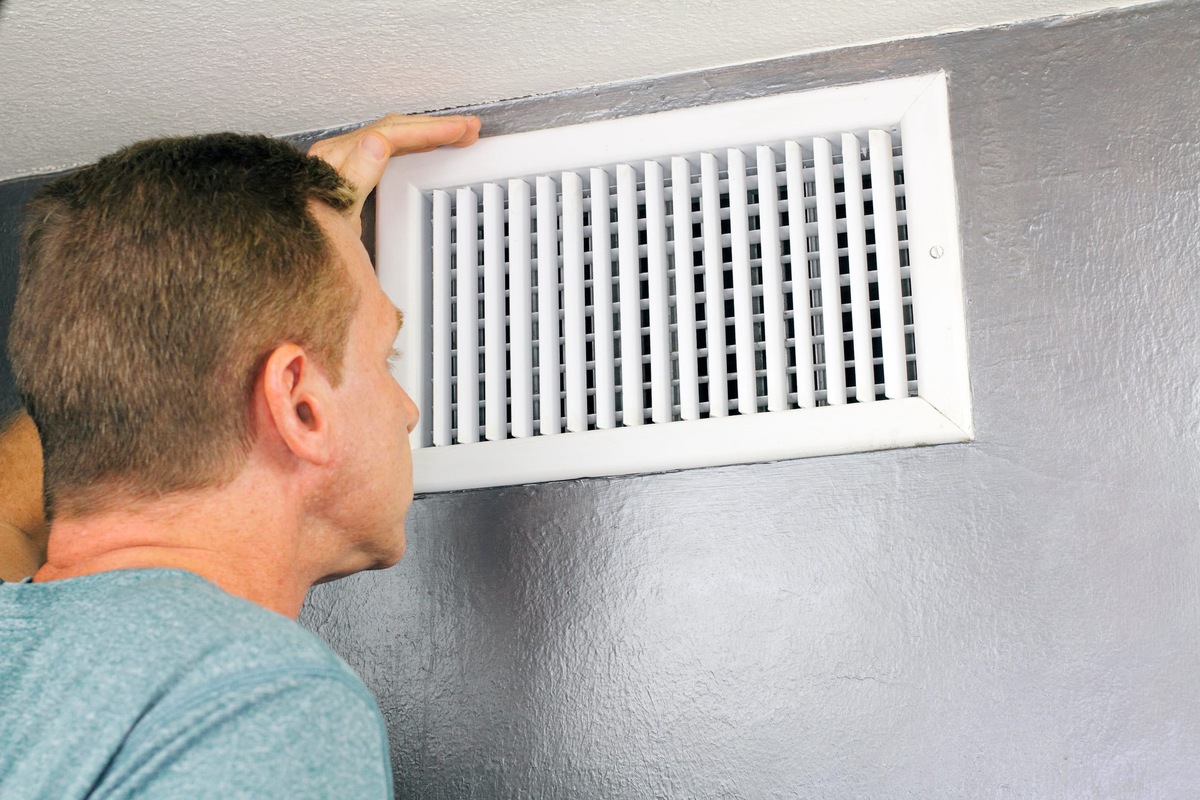
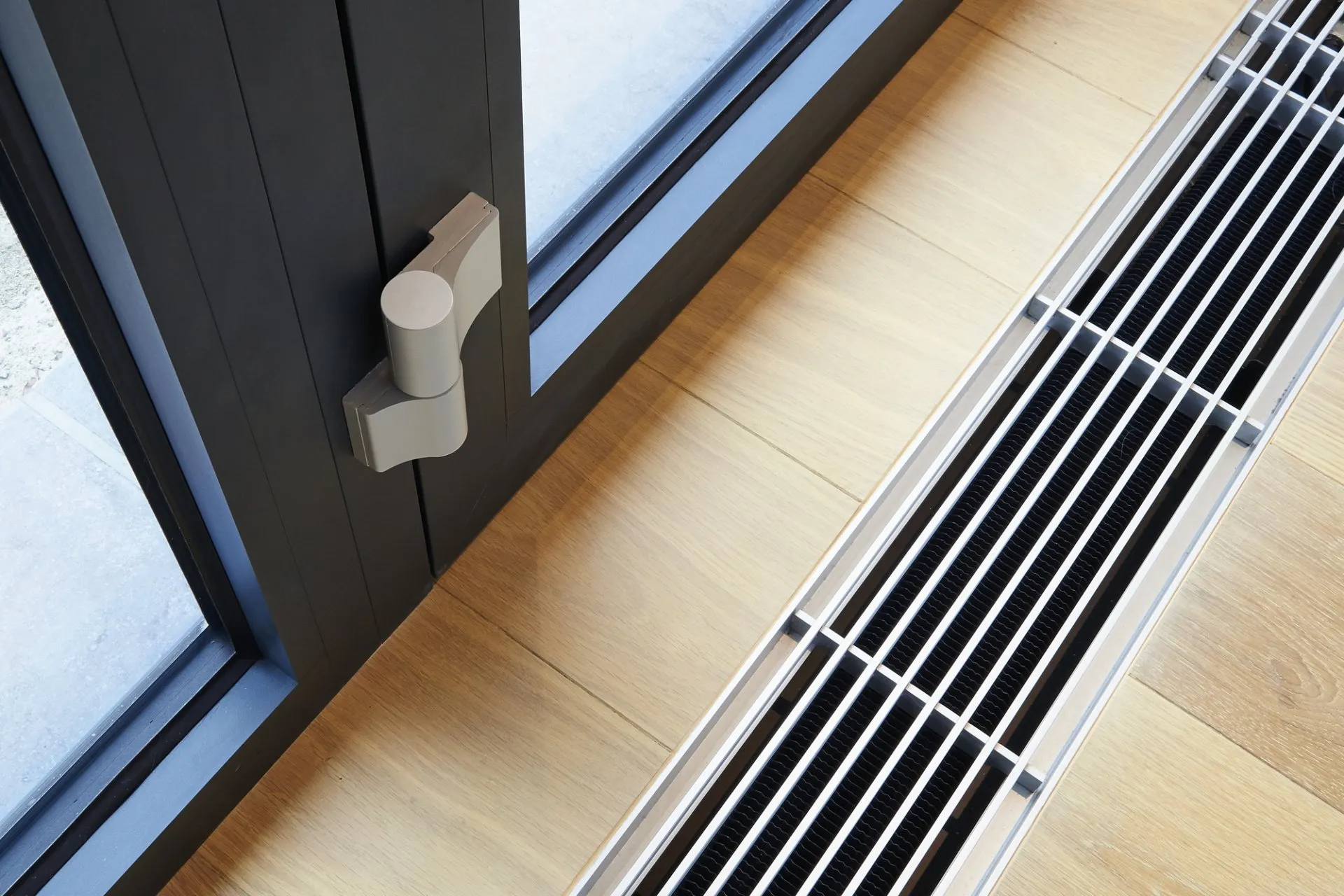
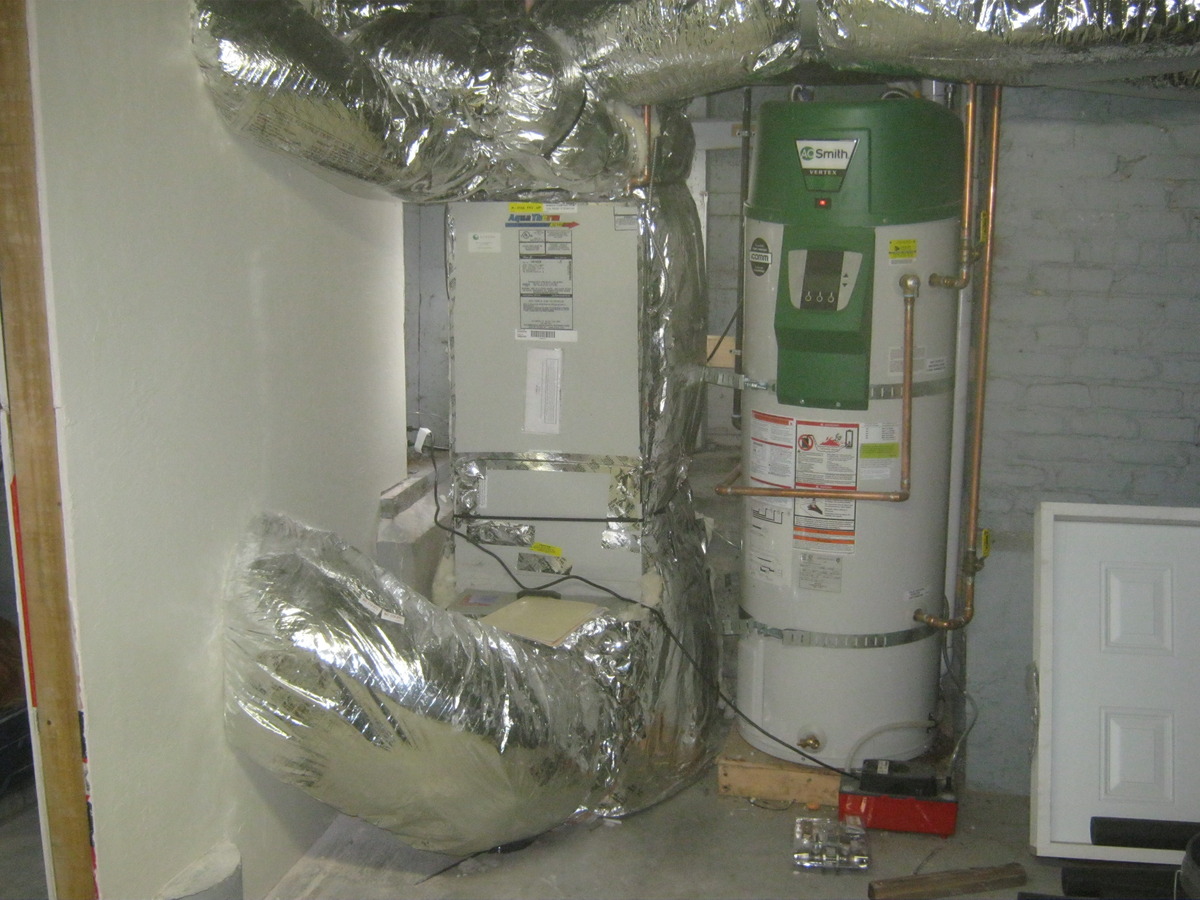
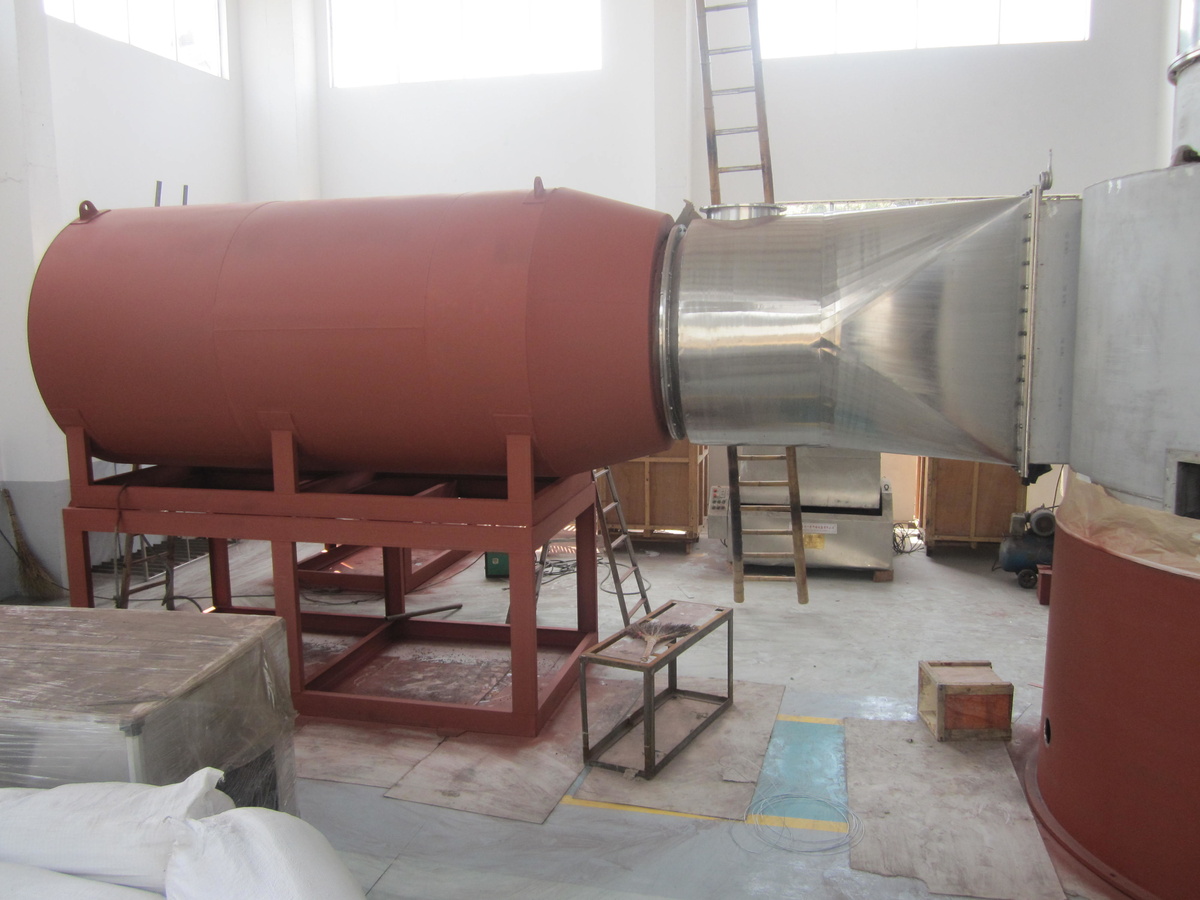
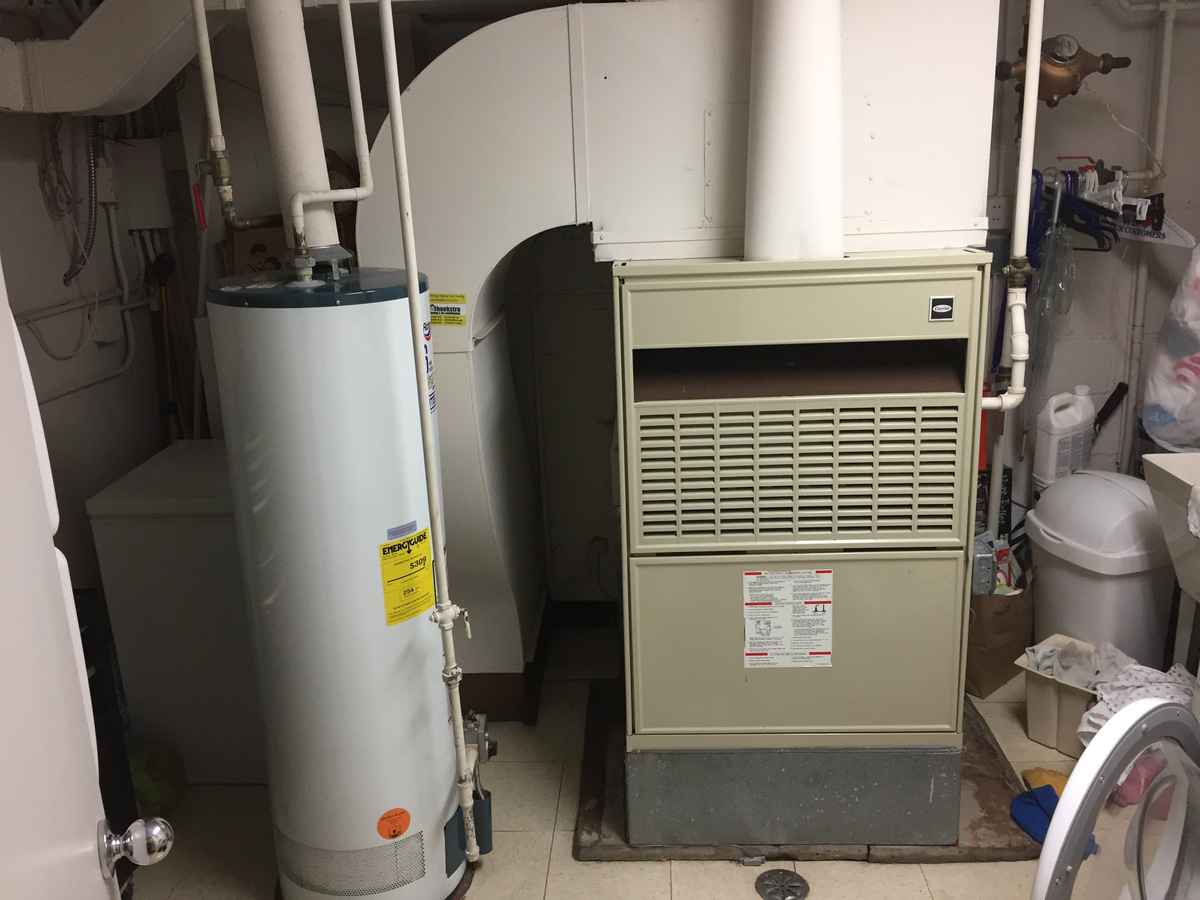
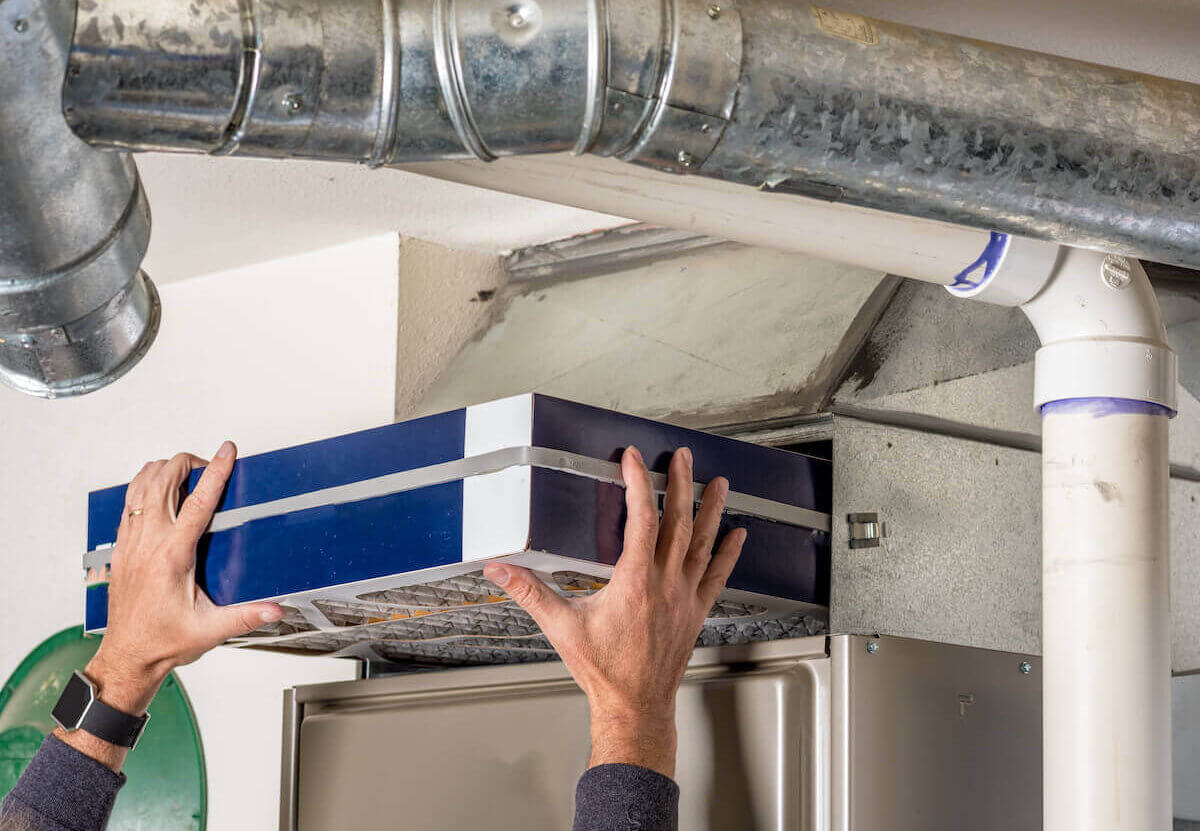
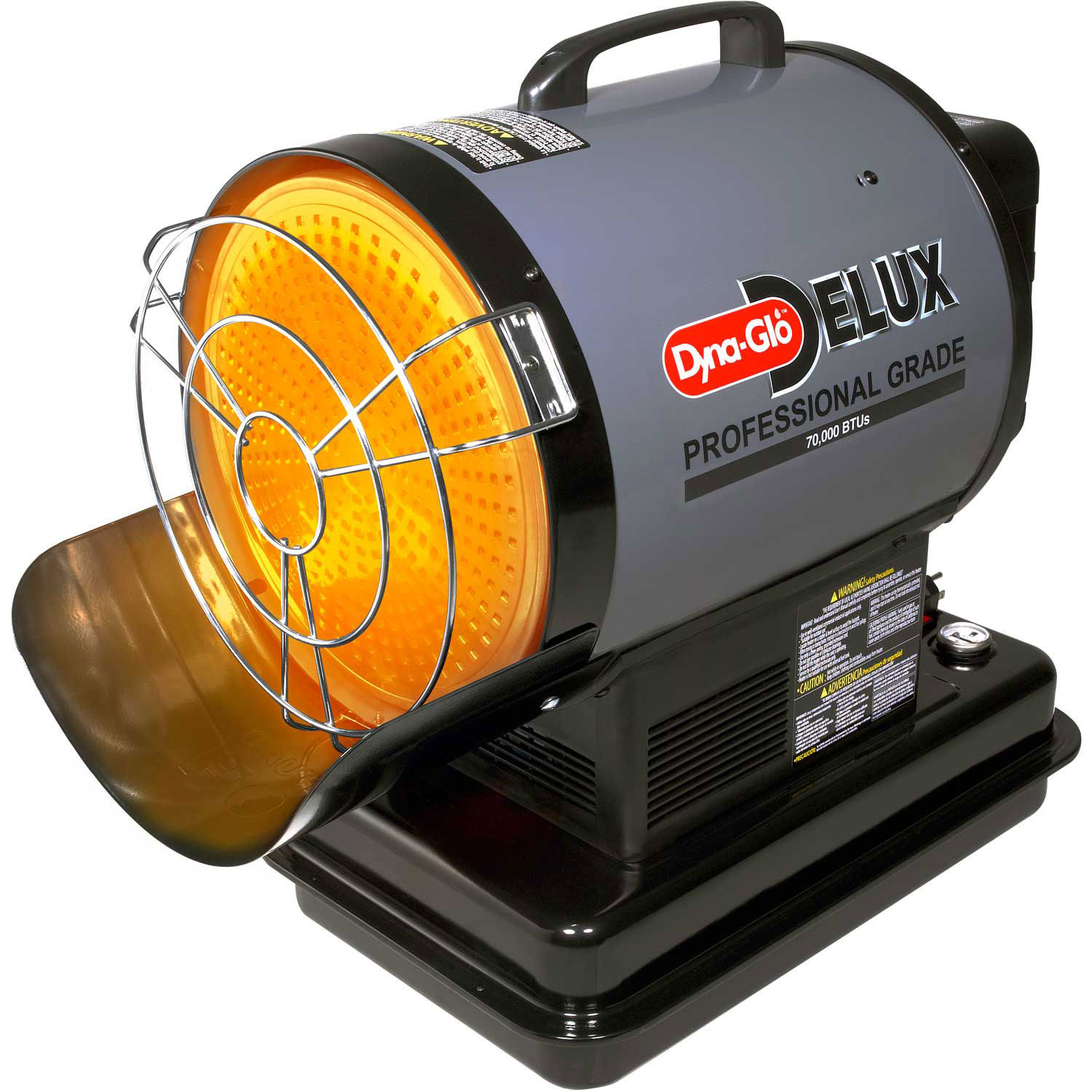
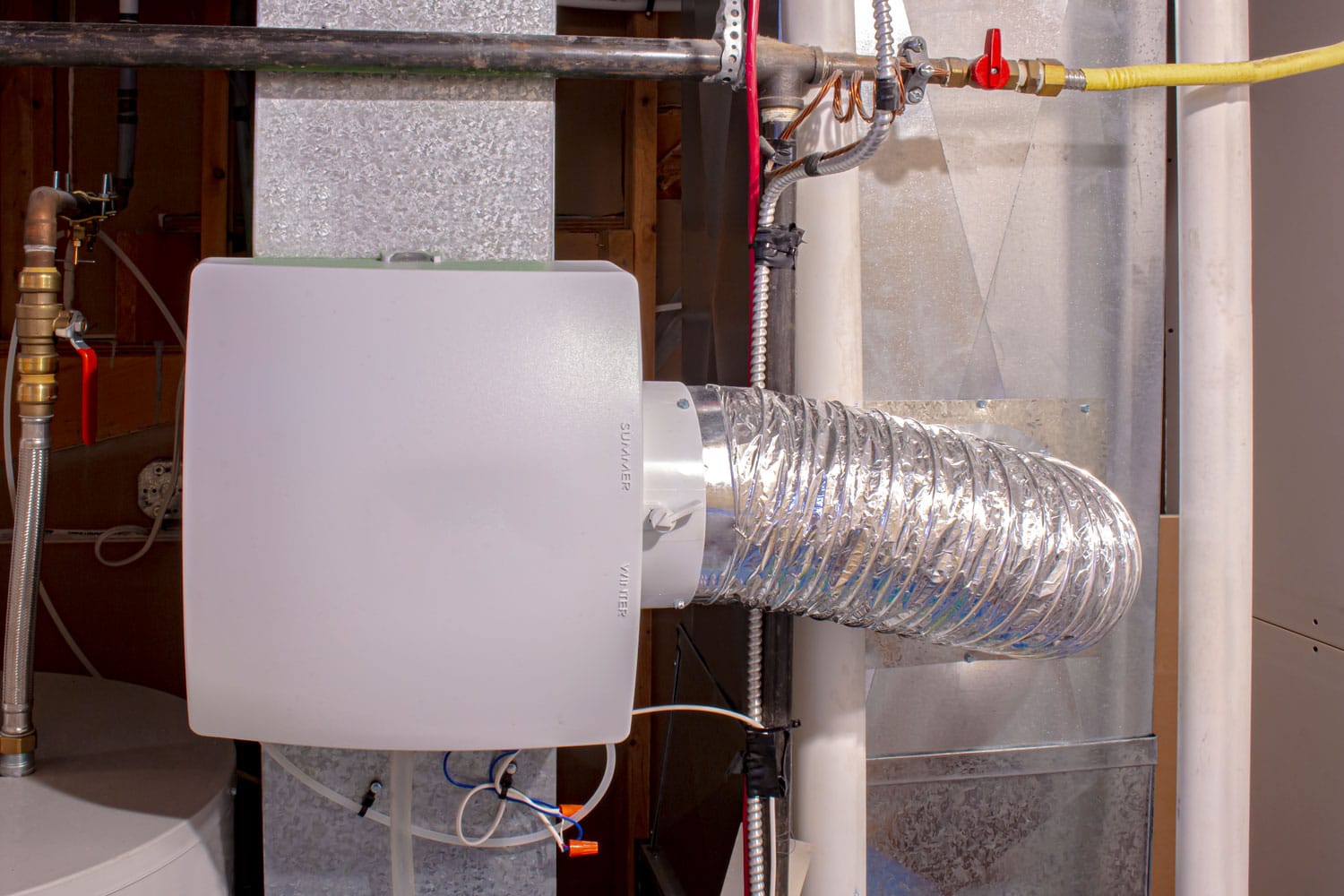
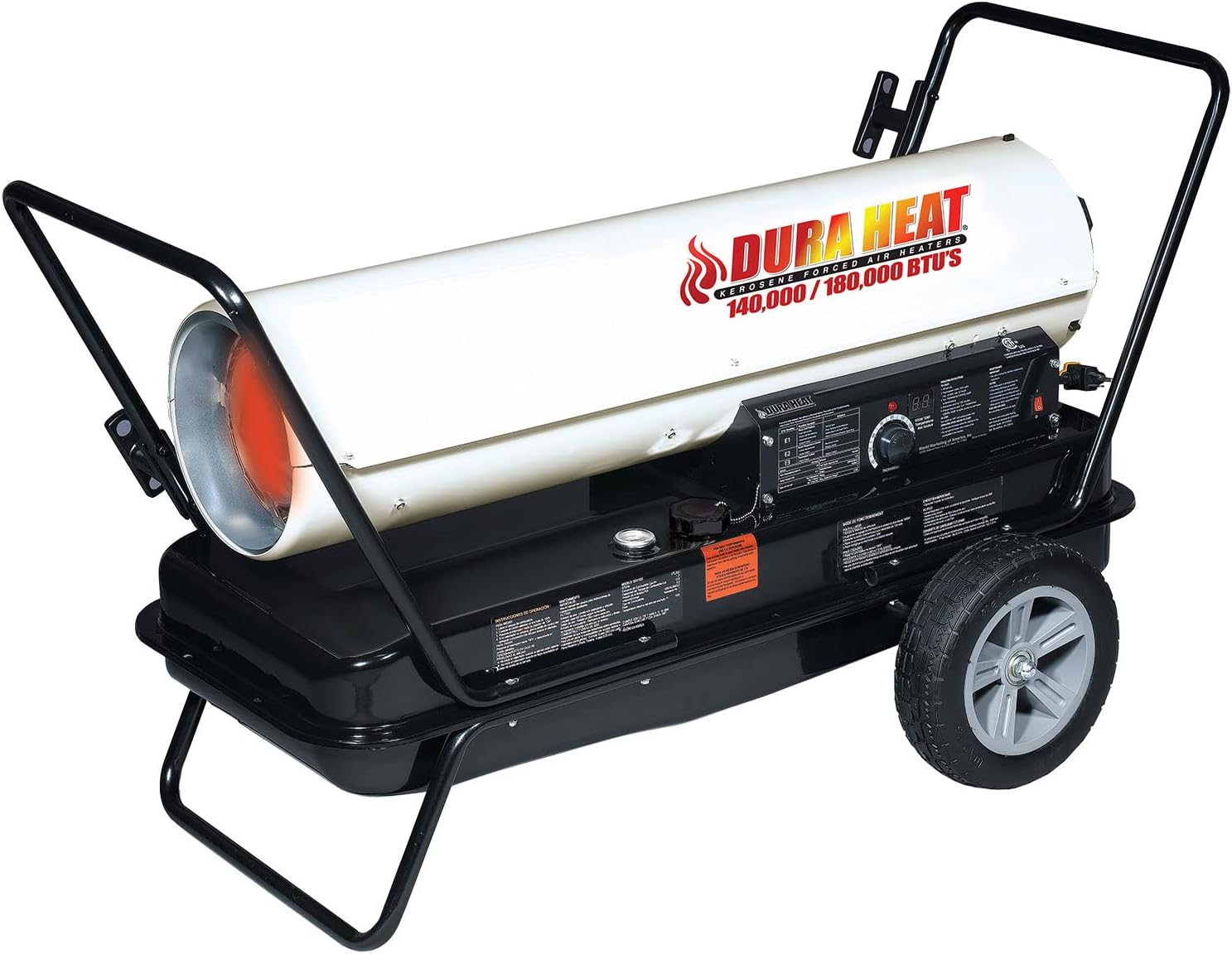


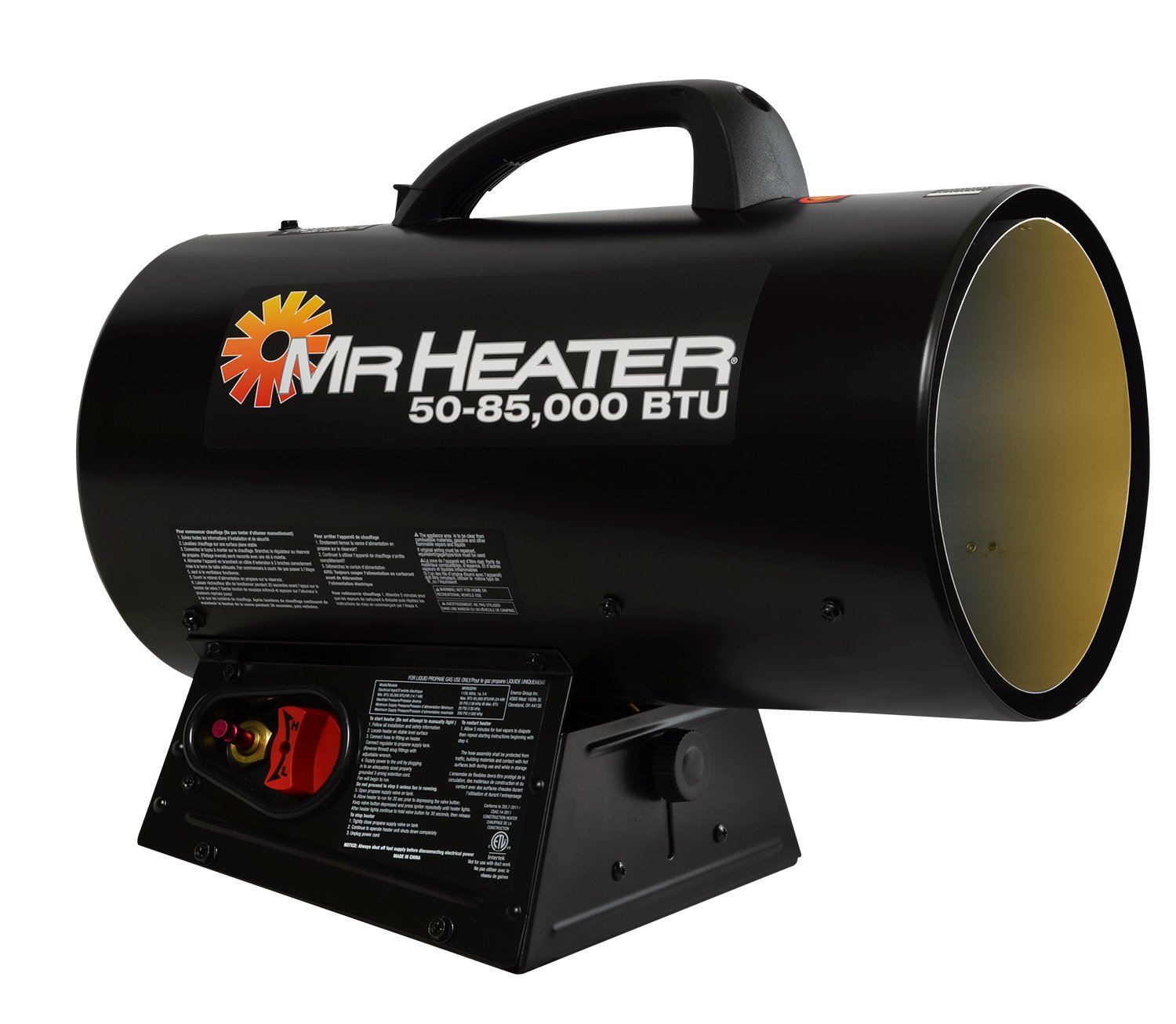
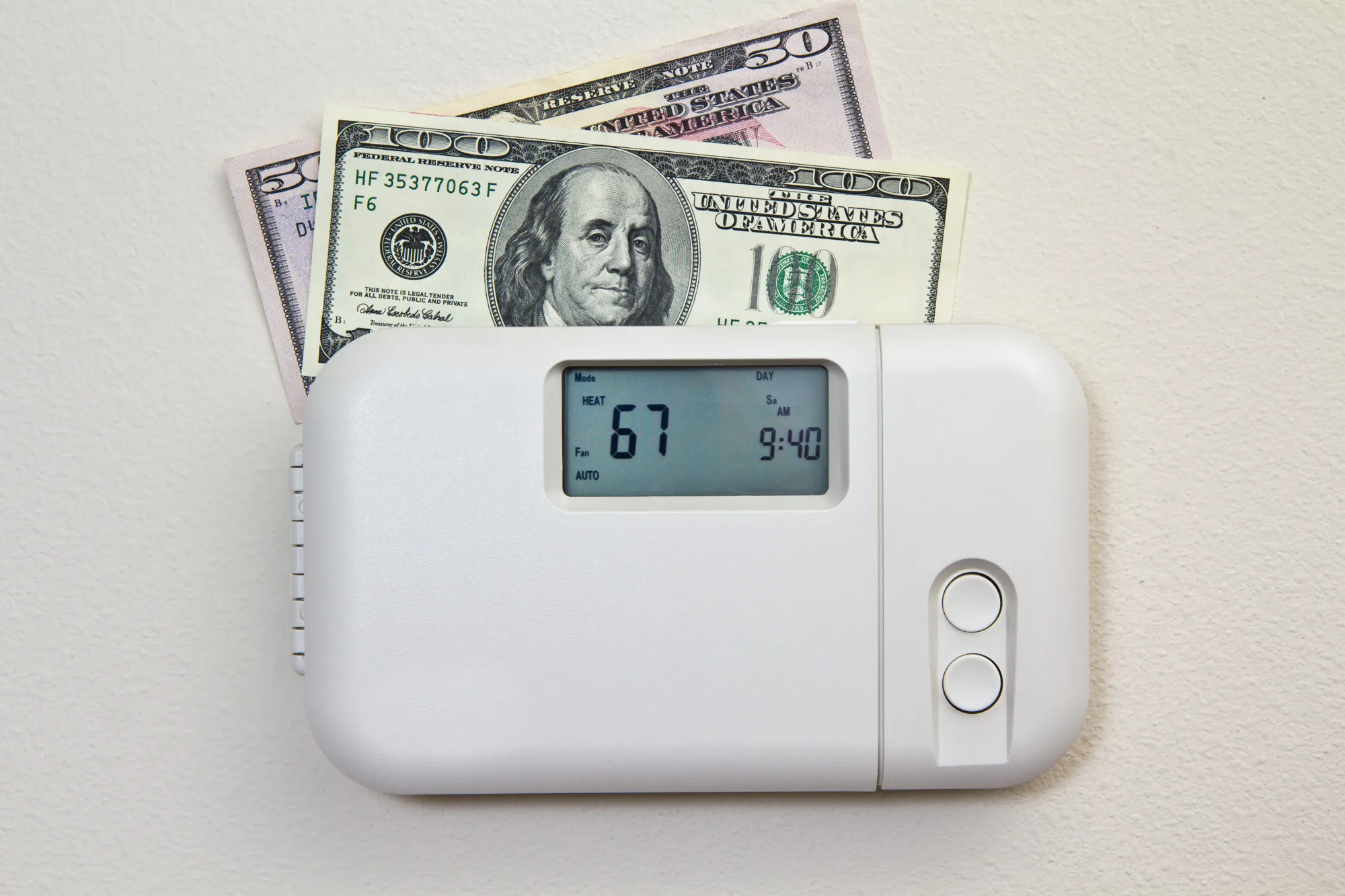
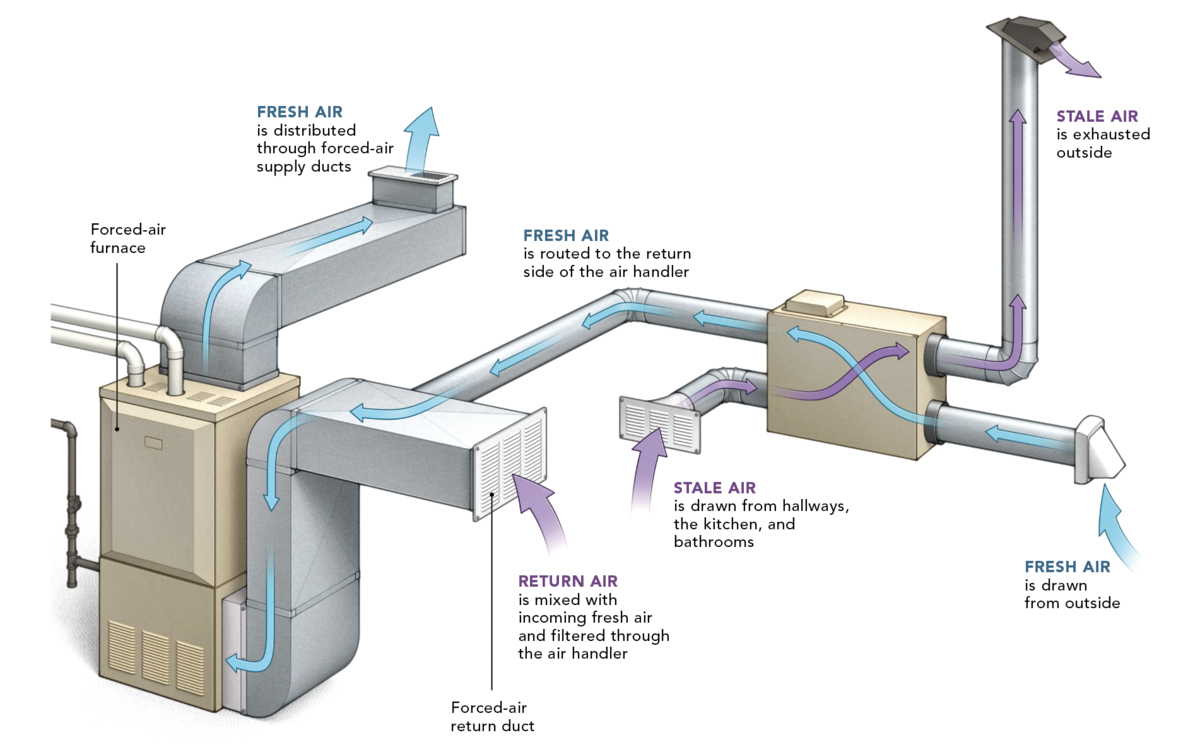

0 thoughts on “How To Create Zones In A Forced Air Heating System”